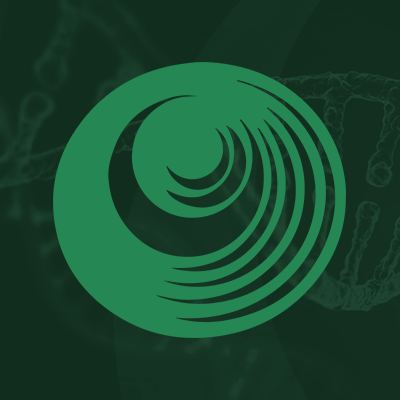Research Papers:
In vivo manipulation of the protein homeostasis network in rhabdomyosarcoma
PDF | Full Text | Supplementary Files | How to cite | Press Release
Metrics: PDF 1191 views | Full Text 1975 views | ?
Abstract
Kristen Kwong1, Yue Pan1, Jacqueline Morales1, Matthew Watson1, David V. Allegakoen1,2, Alex G. Lee1, Trever G. Bivona3,4, Peter Wipf5, Christopher J. Guerriero6, Jeffrey L. Brodsky6 and Amit J. Sabnis1
1 Department of Pediatrics, Division of Oncology, University of California San Francisco, San Francisco, CA 94143, USA
2 Department of Pediatrics, Georgetown University, Washington, DC 20057, USA
3 Department of Medicine, Division of Hematology-Oncology, University of California San Francisco, San Francisco, CA 94143, USA
4 Chan Zuckerberg Biohub, San Francisco, CA 94158, USA
5 Department of Chemistry, University of Pittsburgh, Pittsburgh, PA 15260, USA
6 Department of Biological Sciences, University of Pittsburgh, Pittsburgh, PA 15260, USA
Correspondence to:
| Amit J. Sabnis, | email: | [email protected] |
Keywords: protein homeostasis; rhabdomyosarcoma; unfolded protein response; preclinical therapeutics; p97
Received: April 03, 2025 Accepted: August 14, 2025 Published: August 29, 2025
ABSTRACT
The protein homeostasis (proteostasis) network includes quality control systems that coordinate protein synthesis, folding, localization, and degradation, and is deregulated in numerous diseases including cancer. Loss of proteostasis can activate lethal cellular stress responses, potentially opening a therapeutic window. Previous research demonstrated that MAL3-101, an inhibitor of heat shock protein 70-kD (HSP70) chaperones, selectively induces rhabdomyosarcoma (RMS) cell death via unfolded protein response (UPR) activation. RMS is the most common pediatric soft tissue sarcoma, and relapsed patients are rarely cured despite transient responses to DNA-damaging therapy. To examine whether MAL3-101 or more drug-like proteostasis inhibitors represent a new therapeutic strategy for RMS, we screened proteostasis components that might recapitulate the effects of MAL3-101 in vivo. We find that inhibition of VCP, which encodes the p97 ATPase that facilitates proteasome-dependent degradation, similarly activates the UPR and induces RMS apoptosis. In mouse models, a preclinical p97 inhibitor showed superior bioavailability and anti-tumor activity compared to MAL3-101. Patient-derived xenografts exhibited a spectrum of p97 inhibitor sensitivities, and RNA sequencing of resistant tumors revealed elevated autophagy, nominating a biomarker of proteostasis adaptability. Together, these findings confirm that proteostasis inhibition can slow RMS growth and suggest that targeting compensatory network components might yield synergistic outcomes.
 All site content, except where otherwise noted, is licensed under a Creative Commons Attribution 4.0 License.
All site content, except where otherwise noted, is licensed under a Creative Commons Attribution 4.0 License.
PII: 28764
